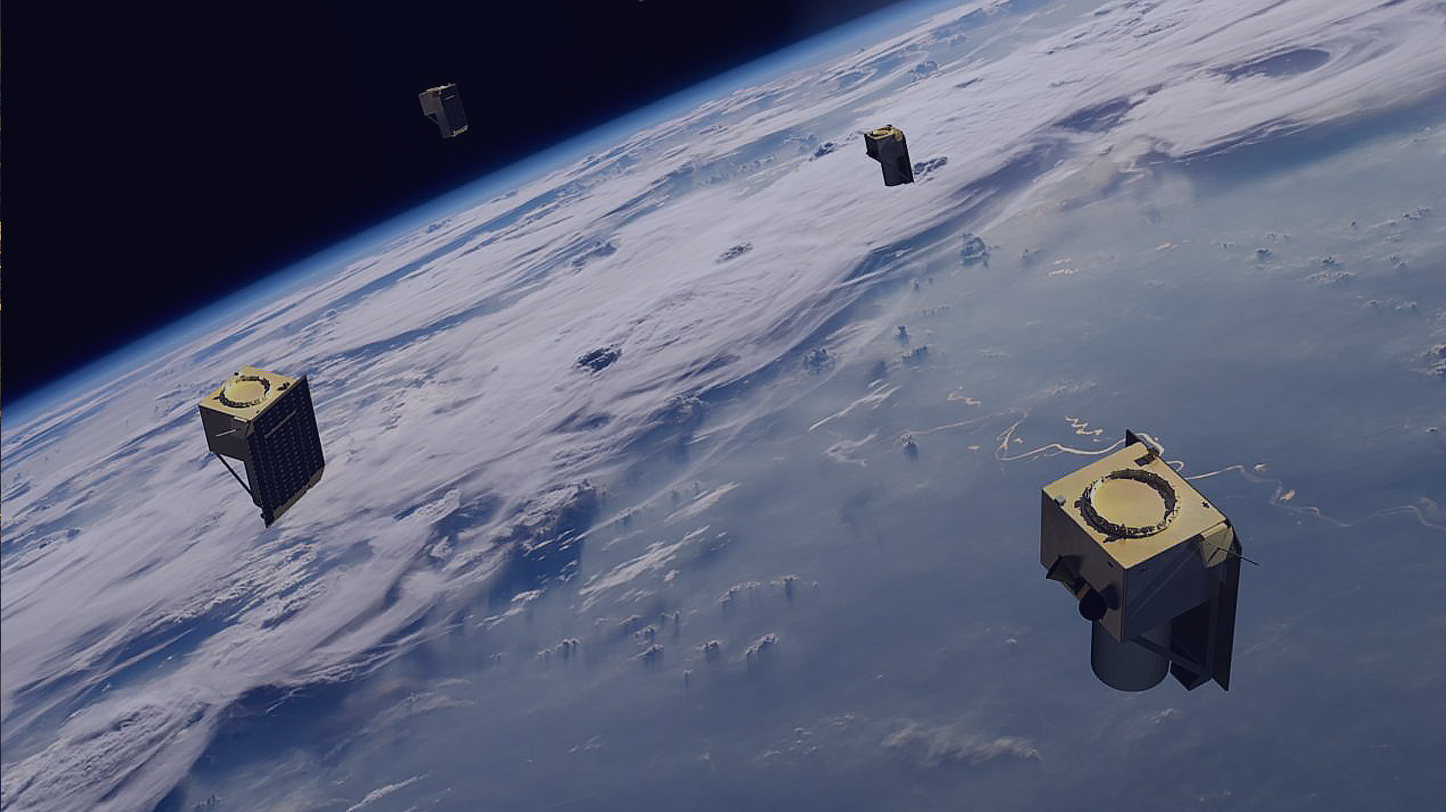Updated 1:15 p.m. Eastern with BlackSky comment.
WASHINGTON — BlackSky is requesting permission to operate two of its satellites in lower orbits as the spacecraft are running out of propellant.
The company filed a request for special temporary authority (STA) with the Federal Communications Commission April 28, asking the FCC to allow the company to continue operations of its Global 7 and Global 8 imaging satellites below the originally authorized lower limit of 385 kilometers. The company is requesting permission to operate the satellites at altitudes as low as 340 kilometers.
Much of the publicly available request is redacted, including a section under the heading “Emergency”. However, several passages in the document refer to refer to the spacecraft running out of the propellant needed to maintain their orbits.
The company said it is asking that the STA, initially lasting for 30 days for each satellite, “commence from the point in time that, due to the anticipated loss of remaining propellant, each such satellite is not able to be maintained at or above 385 kilometers.”
Elsewhere, the document notes that the extension of operations will not affect plans for post-mission disposal of the satellites through uncontrolled reentries. “BlackSky’s orbital debris mitigation plan is, and has always been, that the satellites will descend to the earth by force of gravity after exhaustion of propulsion capability,” the company stated. “Since the operational missions of the satellites will be extended for short periods after the loss of propulsion, the post-mission orbital lifetime of the satellites will be commensurately shortened.”
The company said it set 385 kilometers as the minimum altitude of operations for the satellites based on the expectation that atmospheric drag and other forces on the satellites would reach the limit of “operational stability” for them. However, the satellites have not shown any signs of reaching those limits, it noted.
“Taking into account this operational experience and BlackSky’s engineering analysis based upon this experience, BlackSky is confident that it can operate the satellites as they descend below 385 kilometers while maintaining necessary stability at least until its satellites reach the new requested minimum altitude of 340 kilometers,” it stated.
The unredacted portions of the request provide no details about why the spacecraft are running out of propellant, although it appears to be earlier than expected. The two spacecraft launched as rideshare payloads on a SpaceX Falcon 9 Starlink mission in August 2020, and the STA notes the spacecraft have a three-year design life.
According to the space tracking service Celestrak, the average orbital altitude of Global-7 has been declining since the beginning of the year, when it was at nearly 400 kilometers, with a steeper decline starting in early March, taking it to 389 kilometers as of May 4. The altitude for Global-8 has been going up in the last two months, from 388 kilometers at the beginning of March to 393 kilometers as of May 4. However, there has been a longer-term trend of declining altitudes dating back to June 2022, when it was at an altitude of 406 kilometers.
The company said in the STA, which is still pending at the FCC, that it is coordinating with other government agencies to ensure the operations of the two satellites in lower orbits do not cause any communications interference with other satellites. It is also seeking to amend its commercial remote sensing license issued by the National Oceanic and Atmospheric Administration to allow imaging at altitudes below 385 kilometers.
“The system is designed with significant reserve and redundant capacity to eliminate impacts of any individual satellites that, as expected, will come in or out of service over time,” Lyn Chassagne, vice president of marketing at BlackSky, said in a statement to SpaceNews May 5. “With respect to the FCC filing, we will occasionally raise or lower altitudes of individual satellites as part of normal course of operations which can extend mission life, deliver increased performance, or support maintenance operations.”
The company, publicly traded on the New York Stock Exchange, has not made any other regulatory filings about the satellites. BlackSky is scheduled to release its first quarter financial results on May 10 before the markets open.
